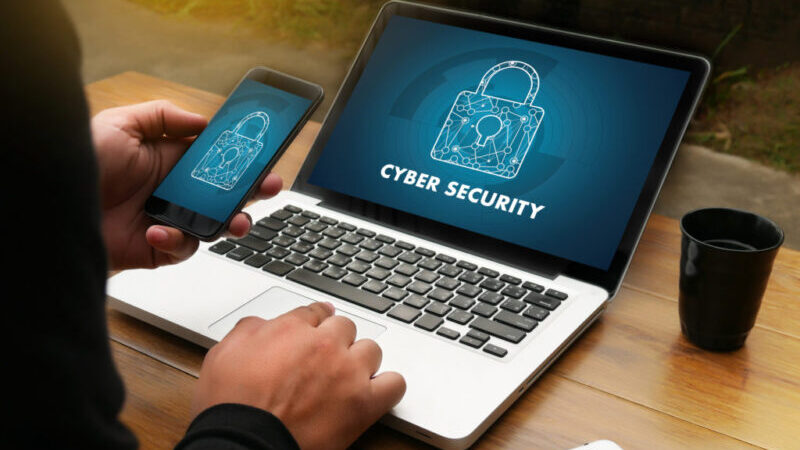Implementing risk management strategies and robust security practices, managing VPNs, and other ITSM approaches can bolster scalability while maintaining optimal performance. The main advantage of modernity is the ability to exchange tips to protect business in the digital age. VPN is the basis of security, but should not be the only security tool.
Why is VPN Important for Business Cybersecurity?
Three key business benefits of a VPN:
- Safety. Using a VPN enhances security as you log in with credentials and exchange trusted keys with a remote server. Once authenticated, the server encrypts all communications, safeguarding against hackers, data theft, and spying governments.
- Remote access is another advantage of VPNs for businesses, enabling secure access to network resources even when staff is not in the office. This improves productivity and safety by allowing staff to connect over a secure encrypted connection.
- VPNs provide cost savings for businesses by enabling easy and secure connections from anywhere. This eliminates the need for expensive long-distance leased lines and reduces support costs, while also protecting your company’s privacy and security.
VPN for PC offers something that virtually no other tool can do – it provides secure network access. VPN apps allow you to get rid of being tied to a specific region. Decent VPN service – VeePN for Windows offers 2500+ servers and 256-bit encryption. This means that VeePN allows you to securely connect to both corporate internal networks from a cafe, and to external servers directly from the office.
Cybersecurity Tips for Business

#1 Don’t Neglect Updates
Most individuals often overlook the requirement for manual updating of software and systems, as they are accustomed to automatic updates on their PCs and laptops, particularly from Windows or Windows-based applications.
However, certain types of software, such as the firmware of Wi-Fi routers, necessitate manual updates. These updates encompass security patches, which play a crucial role in combating cyber threats. Neglecting to install these new patches leaves routers and connected devices susceptible to vulnerabilities. Consequently, businesses must update the firmware of their wireless routers, along with all workplace devices, including printers, scanners, and similar equipment.
#2 Perform a Cybersecurity Audit
First, assess your business’s current state. Do you have adequate protection against cyber threats? Are you strong in some areas but lacking in others? Determine your current level of security to identify areas for improvement.
Heather Paunet, senior vice president of product and marketing at Untangle, emphasizes the importance of investing time in a quick audit to evaluate your existing cybersecurity measures. While most implementation measures may take longer, spending an hour to assess your current cybersecurity posture can be valuable.
Create an acceptable use policy for your devices, data, and network as part of your cybersecurity strategy. If you find this task daunting, consider seeking assistance from a local IT professional. Remember, cybersecurity encompasses policies and systems. Take proactive steps to enhance your business’s protection against cyber threats.
#3 Take the Time to Train Your Employees

A proactive and positive company-wide cyber security policy revolves around teaching staff how to recognize and mitigate threats. Cybersecurity firms specialized in this domain can simulate a spammer or hacker’s email, exposing employees to the risks they might encounter. By clicking on a link or opening an attachment, they receive a message conveying the importance of such simulations. By discussing and learning from these exercises, staff members become more prepared.
Contrary to what some may envision, overseas hackers rarely employ extraordinary methods to breach small business networks. Instead, a simple phishing email can compromise the security of a small business. Even a good VPN free Firefox can help fight phishing and several other attacks. This also means that basic tips to secure small businesses can protect against most types of hacker attacks.
#4 Strong Autentication
To combat cyber threats effectively, it is crucial to use strong, complex passwords that consist of at least 20 characters, which include a combination of numbers, letters, and symbols. The harder it is to decipher a password, the lower the chances of a successful brute-force attack. Additionally, small businesses should implement multi-factor authentication (MFA) on their employees’ devices and applications as an extra security measure.
There are password management apps available to store and organize passwords. These apps not only keep track of passwords but also provide reminders for regular updates.
#5 Regular File Backups

Backing up files may appear outdated in the era of cloud storage and backup. However, it remains relevant even today. As per the National Cybersecurity Alliance, small businesses deliberate whether to rely on AWS, Microsoft Azure, or Google to safeguard their data and expect these companies to handle backups. Nonetheless, preserving offline data copies presents advantages, including potential cost savings.
#6 Secure Your Wi-Fi Networks
To enhance the security of their wireless networks, businesses should implement multiple protective measures. One straightforward step is to modify the default name and password of the router. It is crucial to choose a name that does not readily disclose the business’s identity.
Additionally, it is advised by the Wi-Fi Alliance to encrypt the wireless network with the strongest available protocol, currently Wi-Fi Protected Access 3 (WPA3). Another effective method of maintaining network security is to regularly verify the security of all connected devices, ensuring the use of robust passwords and data encryption.
Conclusion
Business cybersecurity must be multi-level. You must take preventative measures, organize active and passive protection, and also develop an incident response plan. Even large companies periodically encounter hacks; it is difficult to protect against this, but it is possible. An integrated approach is the key to safety.
